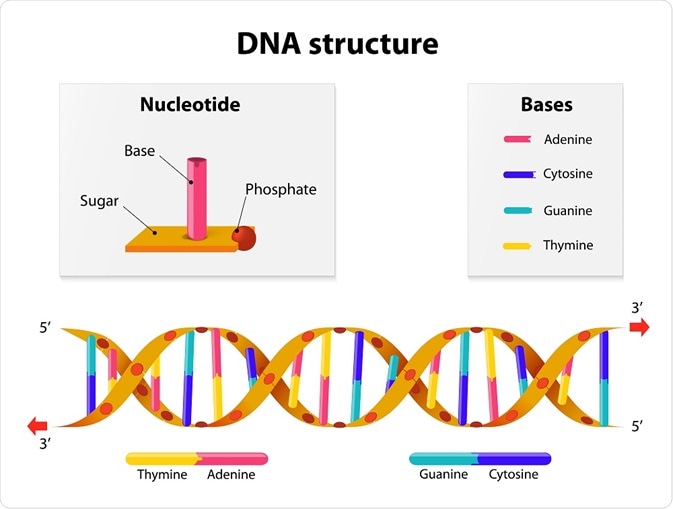
Title: Advances in the Code: How Unexpected Genetic Saltations Influenced Human Intelligence
Although humans share almost 99% of their DNA with chimpanzees, our cognitive capabilities are dramatically superior to those of our closest primate relatives. From creating societies to composing music and investigating space, the human brain represents one of evolution’s most remarkable milestones. A recent study featured in Quantitative Biology provides fascinating insights into how this leap in intelligence happened—not through alterations in the genes themselves, but through the complex regulatory code that oversees them.
Directed by researchers Xiaojie Li, Jianhui Shi, and Lei M. Li, the study suggests that remarkable “saltations” (sudden evolutionary leaps) in genetic regulation led to distinctly human characteristics. These saltations, located not within our genes but in their regulation, might be the concealed switchboard that set our minds apart from those of other primates.
Rethinking Evolution: Directing Attention from Genes to Gene Regulation
The crucial question the researchers aimed to explore has intrigued scientists for ages: What defines us as uniquely human? Rather than concentrating on protein-coding genes—which mostly appear similar across primates—researchers investigated regulatory elements: short DNA sequences that dictate when, where, and how strongly genes are expressed.
This method marks a shift in evolutionary biology. Instead of examining the “words” in our genetic narrative, scientists concentrated on the unseen force that organizes the sentences—the regulatory structure that manages gene activity across different tissues and time periods.
Mapping Regulatory Evolution Using Mathematics
The team utilized an innovative mathematical model to detect changes in the prevalence of regulatory elements among human, chimpanzee, bonobo, and gorilla genomes. These patterns were likened to “eigen-levels”—mathematical constructs that aid in comprehending complex gene regulation networks.
Significant findings appeared at certain eigen-levels, especially during the transitions between the 4th and 5th, and the 9th and 10th levels. At these points, scientists identified two critical saltations—dramatic alterations in regulatory networks that seemingly occurred exclusively in the human line. These shifts were not arbitrary; they aligned with genes engaged in cognitive and neurological functions.
Effects of These Genetic Saltations
The recognized saltations influenced genes associated with several vital human attributes, including:
– The formation of long-term memory
– Development of the inner ear and cochlea—essential for auditory processing, crucial to language and music
– Social cooperation and affiliation
– Visual, associative, and observational learning
– Dopaminergic and serotonergic pathways that manage mood and exploratory behavior
– Neuronal protection and structural soundness
The outcome? Brains more adeptly wired for abstract reasoning, social intricacy, and creativity—essential elements of human culture.
A Leap, Not a Crawl: Transitioning from Darwinian Gradualism to Contemporary Complexity
While Charles Darwin famously suggested that evolution unfolds through gradual, incremental modifications, these discoveries introduce a twist. Regulatory networks, in contrast to protein sequences, seem capable of experiencing abrupt, discontinuous changes. The researchers liken these leaps to phase transitions in physics—where a minor adjustment, like a temperature change, can prompt water to abruptly freeze or boil.
This dual evolutionary mechanism—continuous change in genes alongside potential saltations in regulatory networks—furnishes a more sophisticated understanding of how significant transformations can arise from small genomic adjustments.
The Forces Behind the Regulatory Transformation: Alu and SVA Elements
One of the most captivating revelations concerns mobile DNA elements—particularly Alu and SINE-VNTR-Alu (SVA) elements. These “jumping genes” can insert themselves into various genomic locations and affect nearby gene regulation. The study uncovered that humans have a considerably higher concentration of regulatory motifs derived from these mobile elements compared to chimpanzees at the key saltation levels.
At the 4th regulatory level, humans exhibited a 43.5% rise in Alu-associated regulatory motifs, while the increase was 25% at the 9th level. A notable example is the BSG gene, crucial for neural wiring and memory. In humans, this gene holds much greater regulatory significance, partly due to a human-specific Alu insertion that boosts its expression.
From these findings, a clearer picture forms: mobile elements served as genomic innovators, transforming how groups of genes interact. Their insertions functioned not merely as minor modifications but as revolutionary catalysts.
Implications for Human Identity—and Beyond
The implications of this study extend well beyond human intelligence. It offers a refreshed perspective for studying evolutionary biology. Regulatory saltations may be fundamental not only to brain development but also to other rapid evolutionary transformations across species.
In the realm of medicine, the study highlights the critical role of gene regulation in brain development and related disorders. Conditions such as autism, schizophrenia, or intellectual disabilities may be better understood by exploring disruptions in these regulatory networks, rather than focusing solely on the protein-coding genes.
Closing the Gap Between Us and Our